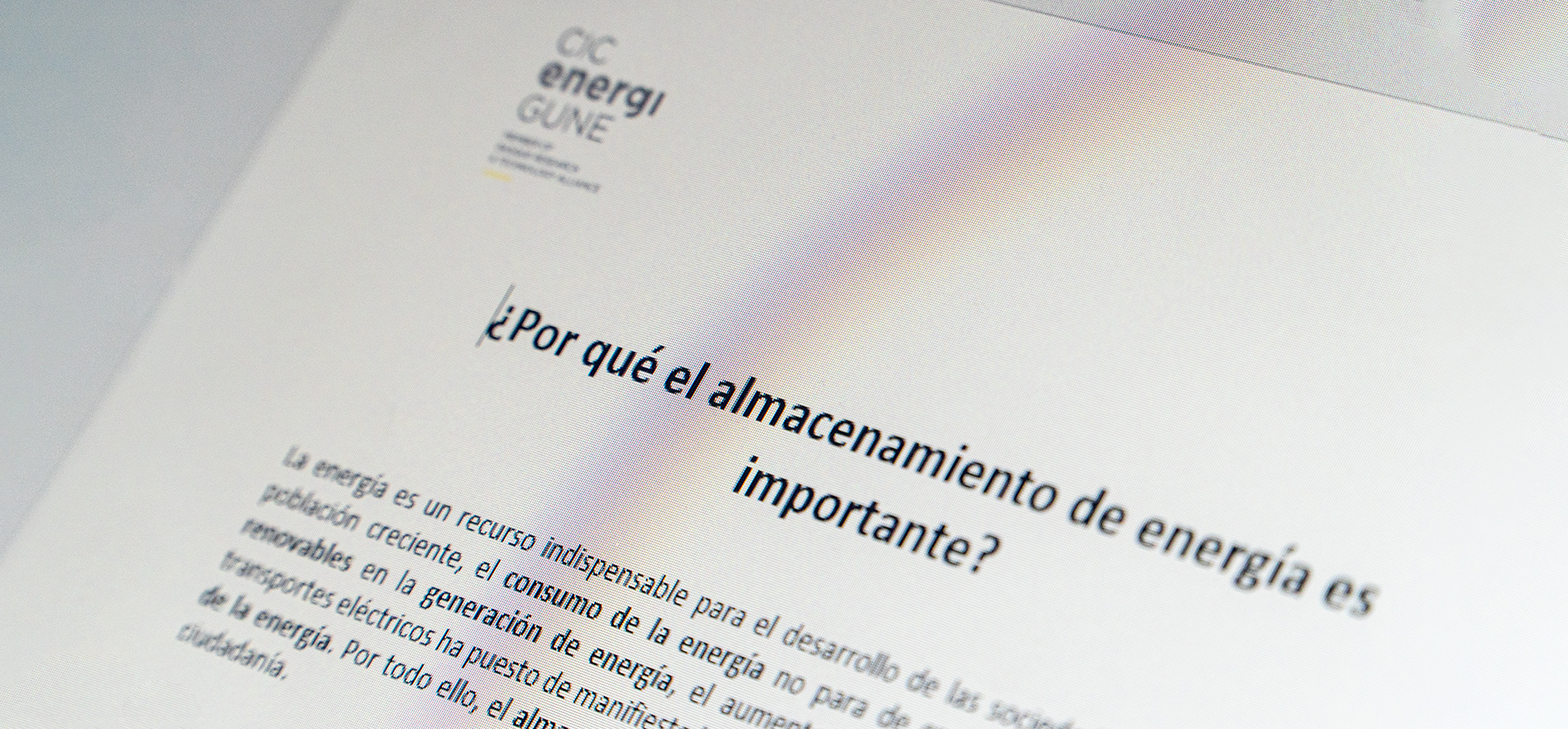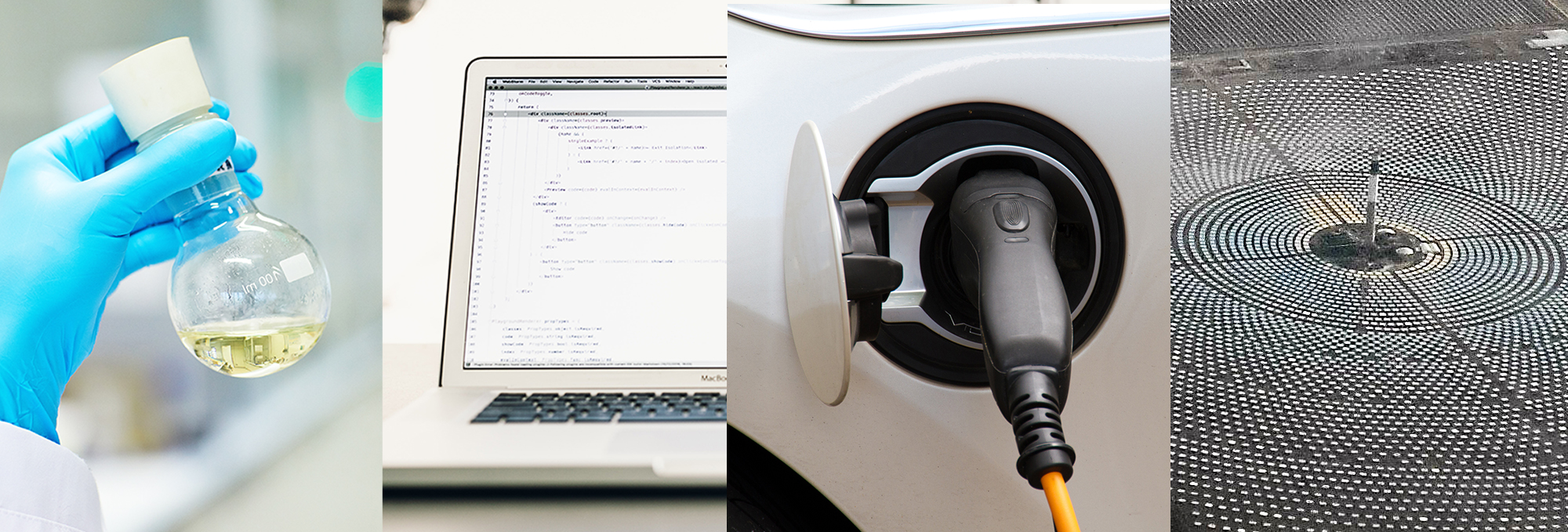Apart from meeting the requirements of the SET Plan, this particular configuration of the flow batteries allows energy and power to be decoupled and perfectly matched to the required capacity, thus avoiding the over-dimensioning required with other batteries when long discharges and storage times are required.
In fact, they are currently widely recognized as long term energy storage systems for stationary applications and particularly interesting for the integration of renewable energies. They also stand out because they are safer and because they practically do not degrade over time.
However, when a vanadium-based electrolyte is used, these batteries present some challenges that still require research. The energy density, for example, is penalized due to the low limit of concentration of this species in the electrolyte, making the systems bulky. Additionally, the electrolyte temperature window -usually between 5 and 35ºC-, needs to be extended. And finally, the price of vanadium is currently being driven up by the new regulation in China.
However, interest in flow batteries has been revitalized by research into new materials that overcome these limitations.
Research on organic electrolytes
In recent years, work is being done on developing alternative electrolytes that present a high solubility of the active species, a high potential difference (greater than 1 V) and high conductivity (greater when the solvent used is aqueous).
Redox flow batteries based on aqueous organic electrolytes have demonstrated stable behavior. Given their low cost and high sustainability, they are now the perfect candidate for the new generation of less environmentally aggressive flow batteries.
Working in a near-neutral aqueous environment does not require expensive construction materials resistant to aggressive media and facilitates recycling and end of life of the batteries.
More than 5 years ago, CIC energiGUNE started its activity in the field of redox flow technology for the development of water-based organic electrolytes. The first researches culminated with the publication of the patent WO 2015/048550 on "Organic electrolyte compounds for redox flow batteries".
The research carried out in the line of polymer-based electrolytes to develop the organic electrolyte, focuses on the study of both the active organic species and the solvent matrix that allows the best values of ionic conductivity. The cost of the solution promises to be in the values required by the SET Plan and the use of aqueous solvent matrices with certain salts favors the improvement of the performance, allows to increase the potential window and when operating at neutral pH, reducing the risk considerably and improving the safety of the battery.
Part of this research is being carried out within the framework of the European project HIGREEW, which is led by CIC energiGUNE, to develop a new low-cost water-based organic electrolyte.
The consortium formed by other 9 entities referenced in materials, storage systems and renewable energy among which are Gamesa Electric, Universidad Autónoma de Madrid or Uniresearch, are working together with CIC energiGUNE to develop the key materials to provide redox flow batteries with the best technical performance, extend their life and facilitate recycling.
A solution that brings us closer to the reality of a green future where renewable energies are the protagonists of the European economy´s total decarbonization.









